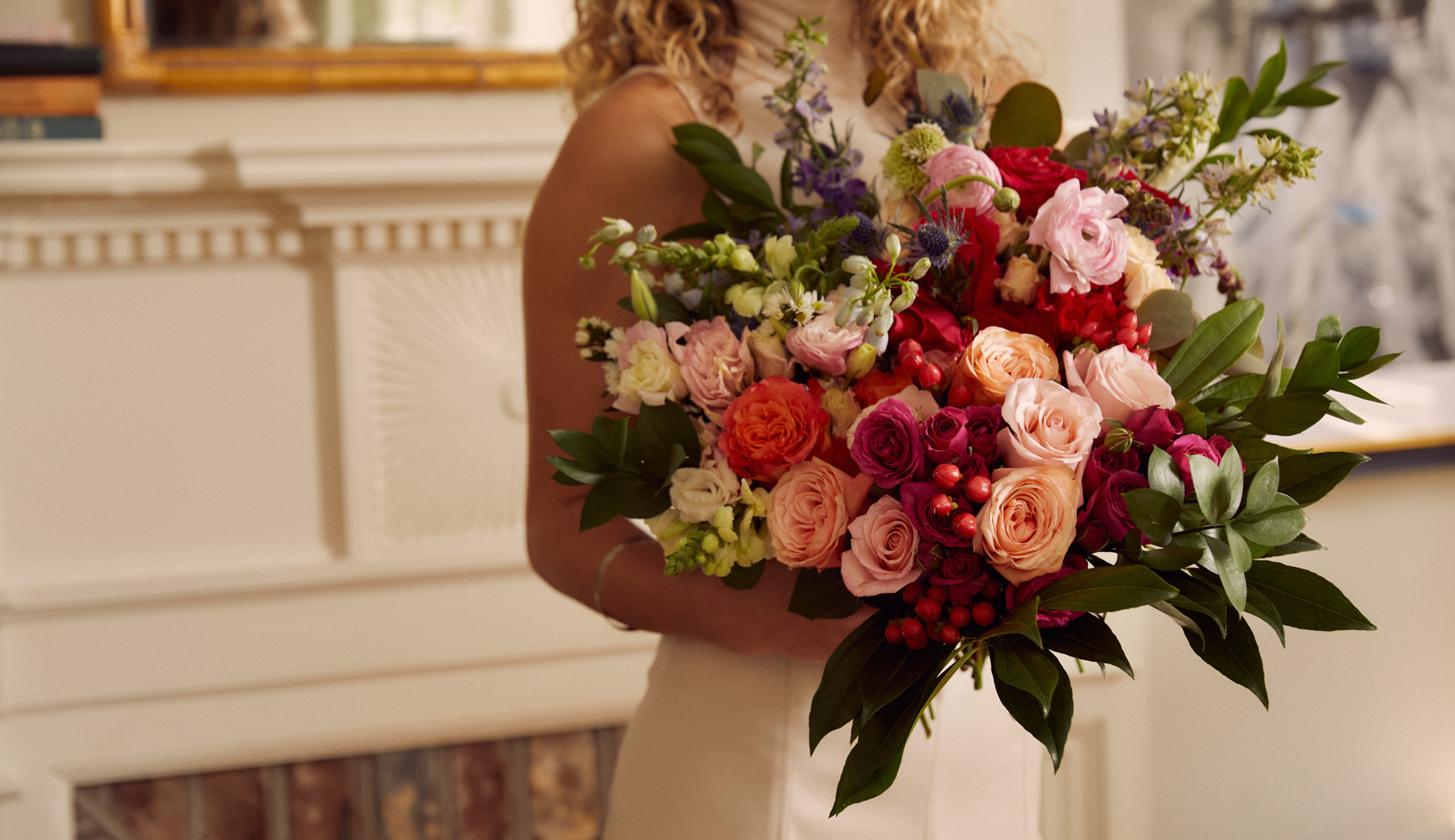
Flower arranging, also known as floral design, is the art of arranging flowers and other plants in a decorative and aesthetically pleasing manner. It has been practiced by various cultures throughout history and has evolved to become a beloved form of artistic expression.
The history of flower arranging can be traced back to ancient Egypt, where flowers were often used for religious and ceremonial purposes. Egyptians created garlands and wreaths made from lotus flowers, which were considered sacred. In addition, they created floral arrangements for funerals, using flowers such as lilies, irises, and poppies which you can order online via bnbflowers
Greece and Rome flower arranging techniques
In ancient Greece and Rome, flower arranging was also an important aspect of religious and ceremonial practices. Greeks would adorn their homes and public spaces with garlands and wreaths made from flowers such as laurel, ivy, and myrtle. The Romans took this a step further, creating intricate floral arrangements for banquets and other events.
During the Middle Ages, online flower arranging became more refined and began to take on a symbolic meaning. Flowers were used to representing different virtues, such as purity and humility, and were often included in religious paintings and sculptures. Monks and nuns also created floral arrangements for their monasteries and churches.
The History of Flower Arranging
It was during the Renaissance that flower arranging truly began to flourish as an art form. The use of flowers in art became more common, with artists such as Michelangelo and Leonardo da Vinci incorporating flowers into their paintings and sculptures. In addition, wealthy Europeans began to commission elaborate floral arrangements for their homes and gardens.
The 18th and 19th centuries saw the rise of the formal flower arrangement, with the French and English leading the way. French florists such as Jean-Baptiste La Quintinie and Claude Mollet created intricate floral displays for the royal court, while the English developed the “language of flowers,” in which specific flowers and arrangements were used to convey certain messages.
In the 20th century, flower arranging continued to evolve, with new techniques and styles emerging. The Art Nouveau movement, for example, emphasized the use of natural forms and curved lines, while the Art Deco movement favored geometric shapes and bold colors. Japanese flower arranging, or Ikebana, also gained popularity, with its emphasis on simplicity, asymmetry, and the use of negative space.
Today, flower arranging is practiced all over the world and has become a popular hobby and profession. There are many different styles and techniques, ranging from traditional European arrangements to modern, avant-garde designs. Bnbflowers uniquely provides flower arrangements hence order flowers online in Gurgaon from us. Flower arranging is also frequently used for weddings, funerals, and other special events, with florists creating beautiful and memorable displays that capture the essence of the occasion.
One of the most significant developments in recent years has been the rise of sustainable and eco-friendly flower arranging. With growing concern over the environmental impact of the floral industry, many florists and designers are now using locally sourced, seasonal flowers and incorporating more natural elements such as branches, berries, and foliage. This approach not only reduces the carbon footprint of floral design but also creates arrangements that are more in tune with the natural world.
Rise of Sustainable and eco-friendly flower arranging techniques
The rise of sustainable and eco-friendly flower arranging is a response to the growing concern over the environmental impact of the floral industry. The floral industry is known to have a significant carbon footprint, as flowers are often grown in far-flung locations and transported long distances to reach consumers. In addition, the use of pesticides and other chemicals in flower production can have negative impacts on soil health, water quality, and wildlife.
By using locally sourced, seasonal flowers and incorporating natural elements such as branches, berries, and foliage, florists and designers can reduce the environmental impact of their work. Locally sourced flowers are grown closer to home, reducing the carbon emissions associated with transportation. Seasonal flowers are also more likely to be grown in a way that is in tune with the natural rhythms of the environment, requiring fewer artificial inputs such as irrigation and fertilizer.
Incorporating natural elements such as branches, berries, and foliage can also add a sense of authenticity and connection to the natural world to floral arrangements. These elements can create a more organic, textured look, and can also add interest and dimension to arrangements. Additionally, incorporating natural elements can provide opportunities for foraging and creativity, allowing florists and designers to experiment with different combinations of elements and textures.
The rise of sustainable and eco-friendly flower arranging is not only good for the environment but also good for business. Consumers are increasingly aware of the impact of their choices on the environment and are looking for ways to make more sustainable choices. By offering sustainable and eco-friendly options, florists and designers can attract environmentally conscious consumers and differentiate themselves from competitors.
Read More:- The Benefits of Incorporating Flowers into Your Self-Care Routine
Conclusion
In conclusion, the rise of sustainable and eco-friendly flower arranging is an important development in the floral industry. By using locally sourced, seasonal flowers and incorporating natural elements such as branches, berries, and foliage, florists and designers can reduce the environmental impact of their work while creating arrangements that are more in tune with the natural world. This approach is good for the environment and business, as it can attract environmentally conscious consumers and differentiate floral businesses from competitors.

